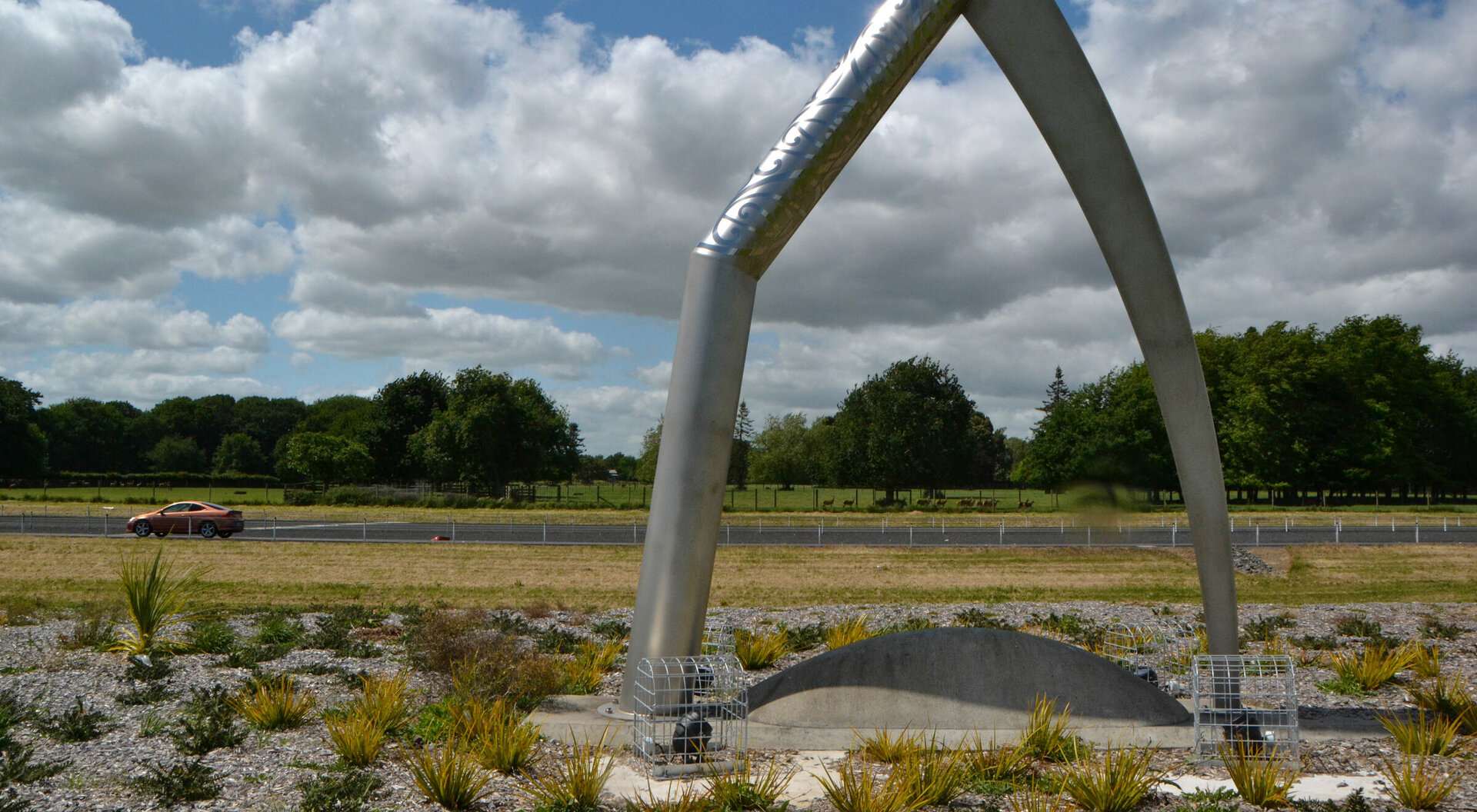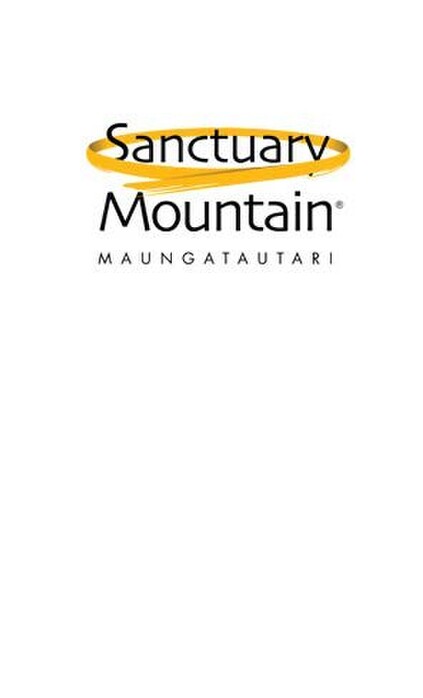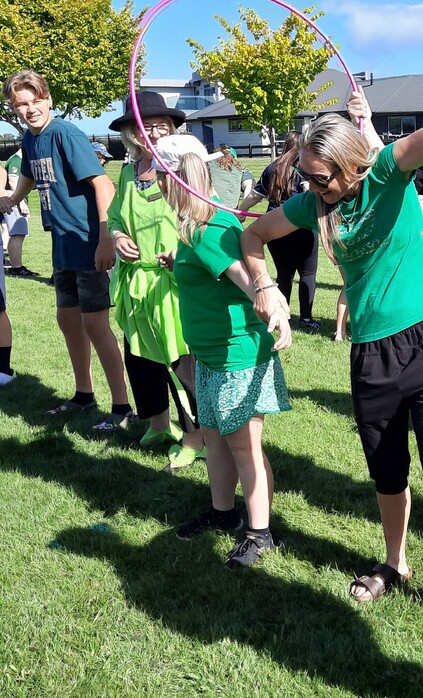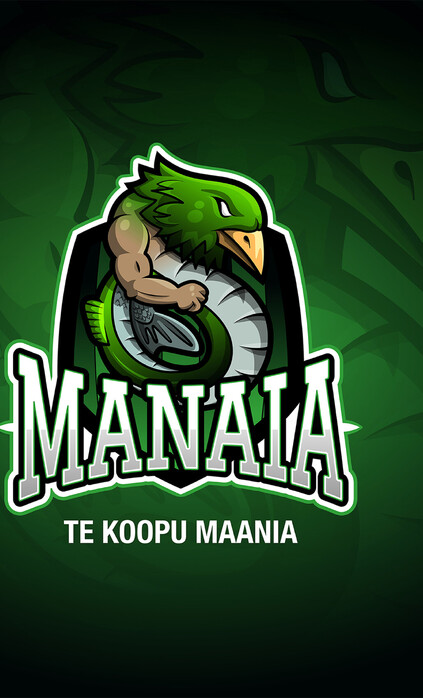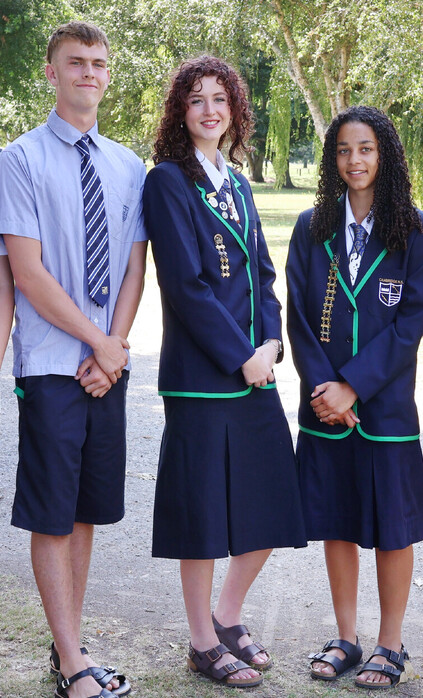Te Koopu Maania
No teetehi o ngaa waiata a Taawhiao te ingoa Te Koopu Maania (o Kirikiriroa). Ko te tikanga ko te maaeneene o te koopu o te wahine i te waa e hapuu ana. Ka peeraa ki te koopu o Papatuuaanuku i mua i te puaawai mai o oona maara kai. He takiwaa rongonui teenei moo oona maara kai. He nui ngaa rua i kitea i teenei takiwaa. Ko Maara kai te ingoa o te pou whenua a he waahanga whakakapi i te tongikura a Taawhiao e paa ana ki te nui o ngaa maara kai ki teenei waahi. No reira anei te tongikura o Taawhiao “Te Koopu Maania o Kirikiriroa me oona maara kai” Kua aro whaanui te waahi o Kirikiriroa ki ngaa maara kai i waho i te takiwaa o te taone.
Te Koopu Maania (o Kirikiriroa) is part of a waiata by Taawhiao explaining the smooth surface of the womb of Papatuuaanuku (Mother earth) before food crops were planted. This area was well known for garden cultivation, agricultural activities and food supply. A large number of burrow pits were discovered along the pathway of this part of the Cambridge section.
The sculpture, named Maara kai (food gardens) is the second part of the saying that further celebrates the distinctive and unique feature of this area, namely the prevalence of food crops and gardens. The full proverb of Tawhiao outlined in his waiata is “Te Koopu Maania o Kirikiriroa me oona maara kai”. (Across the smooth belly of Kirikiriroa Its gardens bursting with the fullness of good things.”) (quoted in 'Daily debates.' New Zealand Parliament). The Kirikiriroa area referred to in the waiata are the fertile soils which includes the area outside of the current Hamilton city boundaries.
Copyright: Ngāti Koroki Kahukura Trust and Ngāti Hauā Iwi Trust, 2015.
